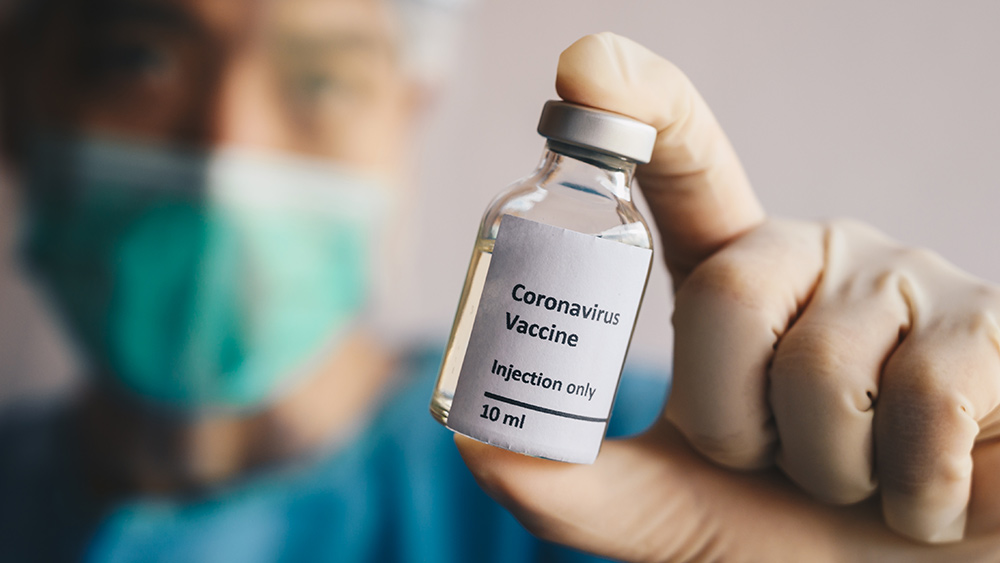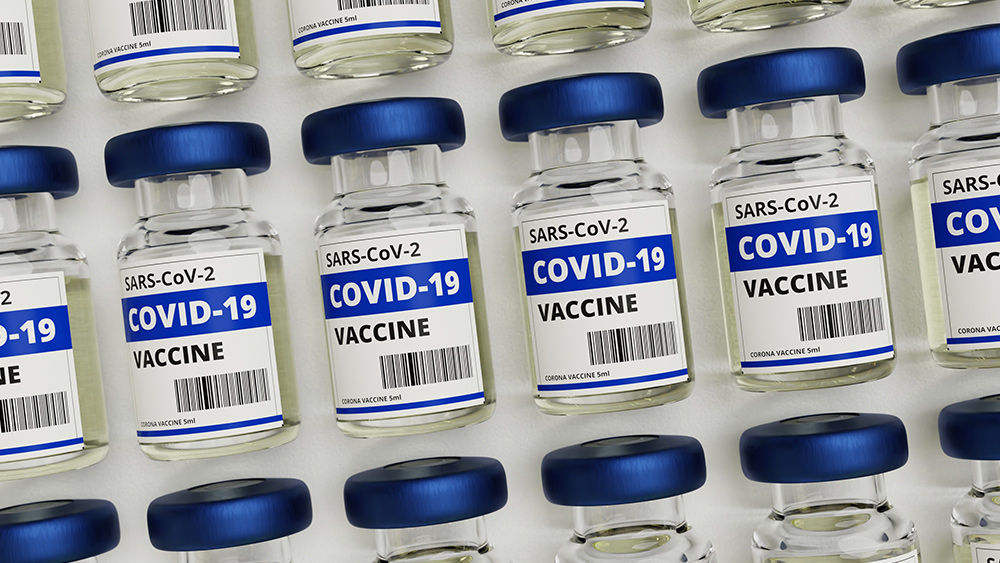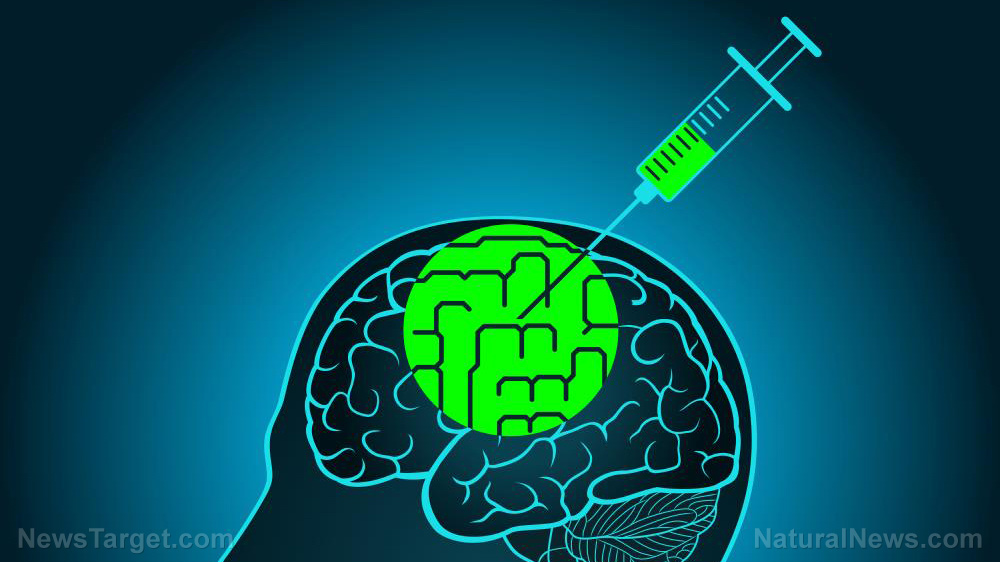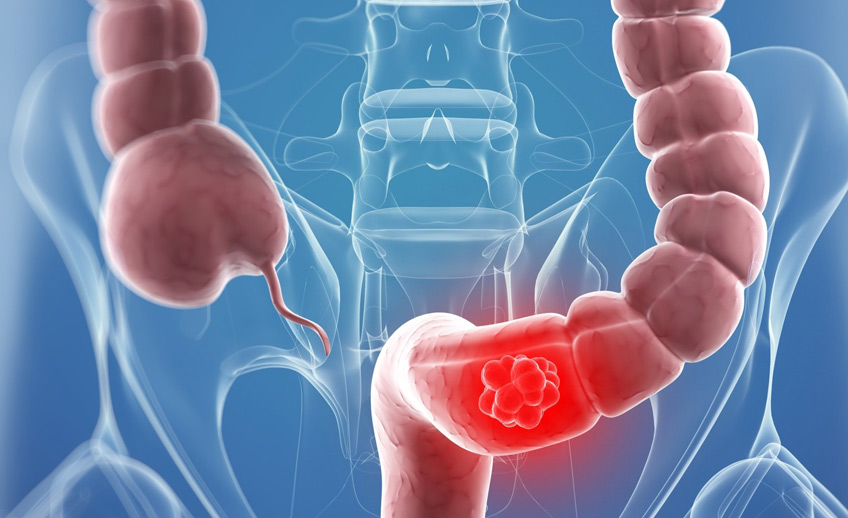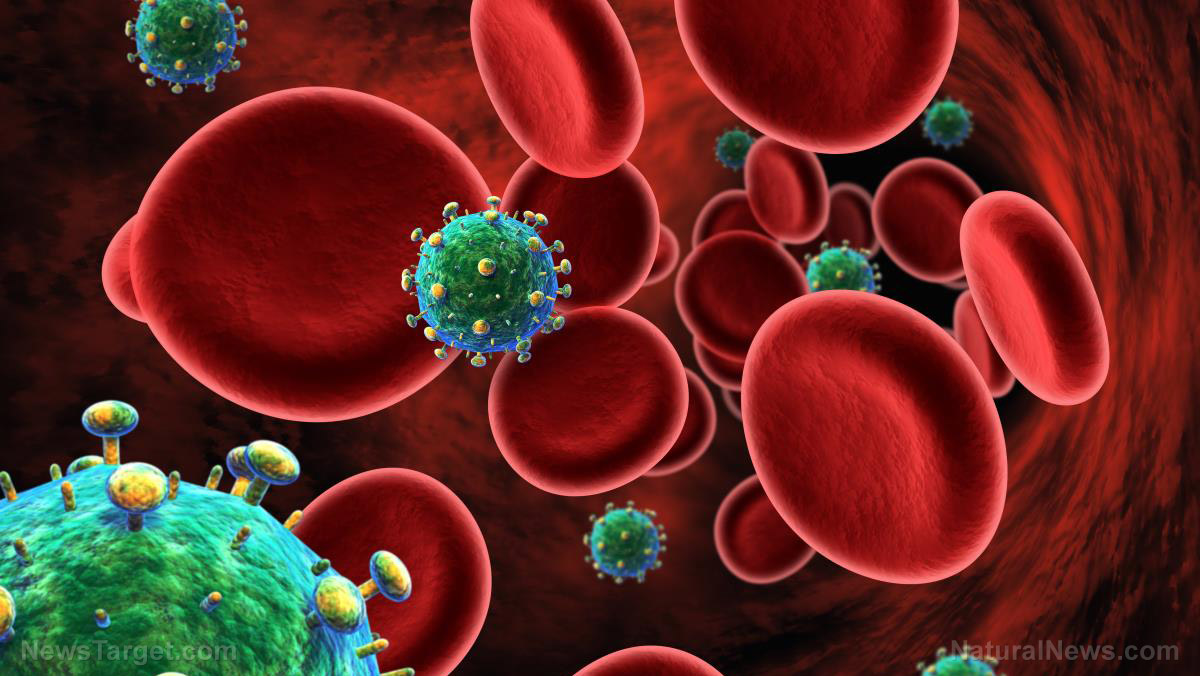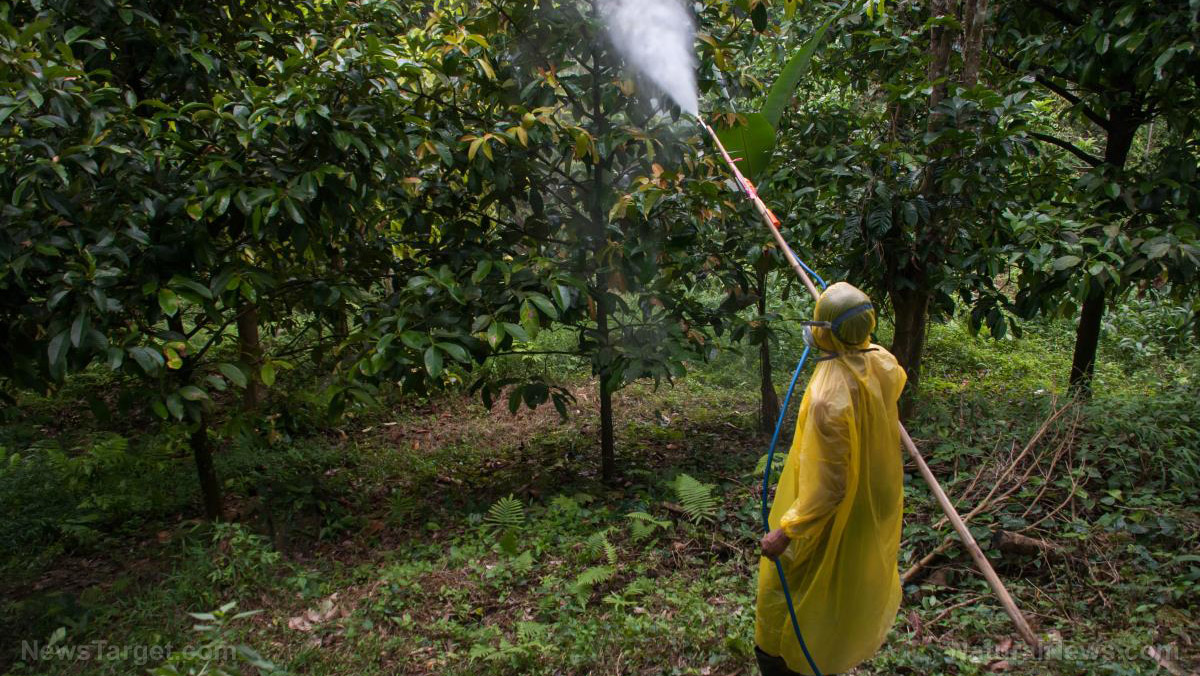More than just a sweet treat, licorice influences the interaction between traditional herbal medicine and chemotherapeutic drug
06/04/2019 / By Evangelyn Rodriguez
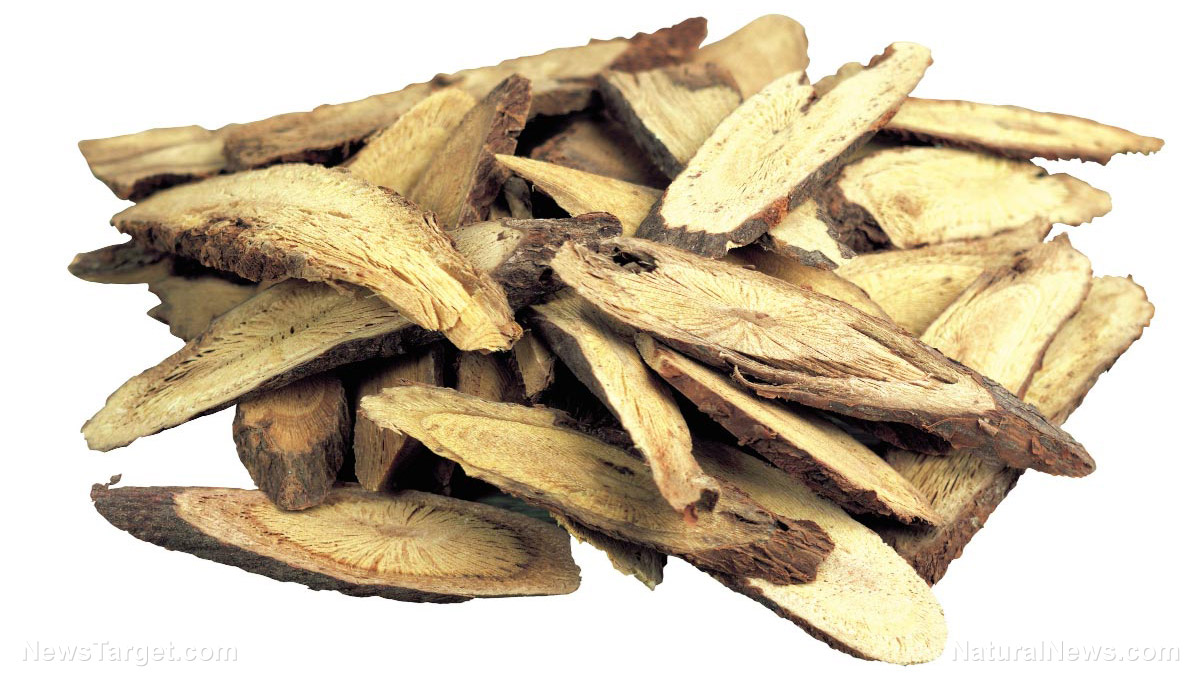
Shaoyao Gancao decoction (SGD) is a traditional herbal medicine that is used to relieve all kinds of pain. In China and Japan, SGD is used as an adjuvant to chemotherapeutic agents to alleviate their side effects. However, previous studies suggest that the interactions between these two types of medication could also affect their efficacy. Most herb-drug interactions cause changes in metabolic routes, which could alter the functionality of drug metabolic enzymes and/or drug transporters. To understand how SGD might affect other drugs, researchers from the Central South University in China investigated its effect on the pregnane X receptor (PXR)-mediated transcriptional regulation of cytochrome P450 3A4 (CYP3A4) and the drug transporter multidrug resistance protein 1 (MDR1) in vitro. The results of their study were published in the journal BMC Complementary and Alternative Medicine.
Shaoyao Gancao or peony and licorice decoction
SGD is a decoction made from a combination of Chinese peony (shaoyao) and licorice root (licorice) in a ratio of 1:1. In traditional Chinese medicine, these two components are also used separately to treat different ailments, particularly when they involve specific organs. Shaoyao is used for abdominal pain due to the disharmony between the liver and the stomach; it is also used to alleviate muscle spasms due to blood deficiency. Gancao, on the other hand, relieves ailments related to the spleen. (Related: Licorice root proven effective against oral infections.)
SGD is considered an effective analgesic. It is used for abdominal pain, sciatic pain, bladder pain, shoulder pain, pain in the calves, toothache, primary dysmenorrhea, neuralgia, and pain due to spasms of skeletal muscles, ligaments, and related tissues. It is also used in the treatment of digestive system diseases, such as chronic gastritis, ulcerative colitis, and peptic ulcers, and in the improvement of digestion. Some conditions related to inflammation that can be addressed by SGD include chronic hepatitis, rheumatoid arthritis, coronary artery disease, diabetes, and Parkinson’s disease.

The practice of prescribing SGD as an adjunct to chemotherapeutic agents can be seen mostly in Japan and China. Medical practitioners in those countries prefer to prescribe SGD with paclitaxel, an intravenous chemotherapy drug used to treat ovarian, breast, and non-small cell lung cancer. SGD can relieve myalgia, arthralgia, and painful peripheral neuropathy induced by paclitaxel. Besides being a potent analgesic, SGD possesses other medicinal properties owing to the activity of its two herbal components. Studies show that shaoyao acts as a sedative, an antispasmodic, an antipyretic, and an antioxidant; gancao exhibits antiulcer, antispasm, anti-inflammatory, anti-allergic, antiviral, and antitumor activities.
Gancao in SGD helps activate PXR, which can cause failure of chemo drugs but initiate detoxification
A previous study done by the researchers showed that SGD pre-treatment increases the metabolism and total clearance of paclitaxel in a mice model. Due to this herb-drug interaction, the researchers decided to explore the altered expression or functionality of drug metabolic enzymes and drug transporters as influenced by SGD. To do this, they investigated the effect of SGD on the pregnane X receptor (PXR)-mediated transcriptional regulation of cytochrome P450 3A4 (CYP3A4) and the drug transporter multi-drug resistance protein 1 (MDR1) in vitro. They also assessed the contribution of constituent herbs on the regulation of CYP3A4 and MDR1.
PXR is a nuclear receptor expressed in the liver and the intestine – two organs involved in the absorption, distribution, metabolism, and elimination of xenobiotics (foreign substances) and endobiotics (present in the host). PXR is mainly associated with cellular response to xenobiotics, which includes the induction of enzymes involved in drug oxidation and conjugation. CYP3A4 is a protein that is both abundant and important in humans because it metabolizes the majority of administered drugs. MDR1, on the other hand, is the gene that encodes the active efflux drug transporter, P-glycoprotein (Pgp). Pgp is expressed in epithelial tissues throughout the body and recognizes a large number of compounds and xenobiotics. Overexpression of this protein results in multidrug resistance in humans, especially in people who have cancer.
The researchers found that SGD and its components, shaoyao, and gancao, increased the promoter activities of CYP3A4 and MDR1 in a concentration-dependent manner in vitro. All three of them also up-regulated CYP3A4 and MDR1 mRNA in hPXR-transfected LS174T cells. Gancao treatment resulted in significantly higher levels of metabolic enzymes and drug transporters compared with shaoyao treatment.
Based on these results, the researchers concluded that SGD enhances the expression of CYP3A4 and MDR1 via the PXR pathway, and Gancao is the main contributor to this activity. The increase in the metabolism and total clearance of paclitaxel in mice they previously observed was mostly due to gancao’s effect on the expression of the drug metabolic enzyme CYP3A4 and the drug transporter Pgp. This suggests that SGD, when used as an adjunct, may also cause the failure of chemotherapeutic drugs. However, the researchers noted that PXR activation also has a benefit: It activates the body’s detoxification system, which helps protect it from the invasion of toxic substances. And since the increase in CYP3A4 and MDR1 promoter activities caused by SGD and its components is dose-dependent, the researchers suggest the monitoring of plasma concentrations of chemotherapeutic drugs to guarantee their effectiveness and reduce toxicity.
Sources include:
BMCComplementAlternMed.BiomedCentral.com
Submit a correction >>
Tagged Under:
adjuvant therapy, alternative medicine, cancer treatment, chemo drugs, Chinese herbal formula, disease treatments, drug metabolism, herbal medicine, Herbs, natural cures, natural medicine, pain relief, remedies, research, shaoyao gancao, TCM, traditional Chinese medicine
This article may contain statements that reflect the opinion of the author

